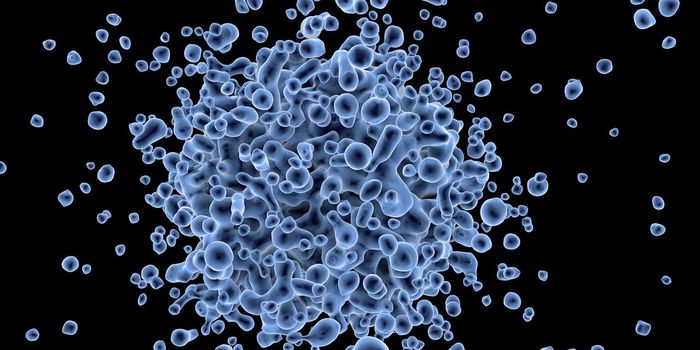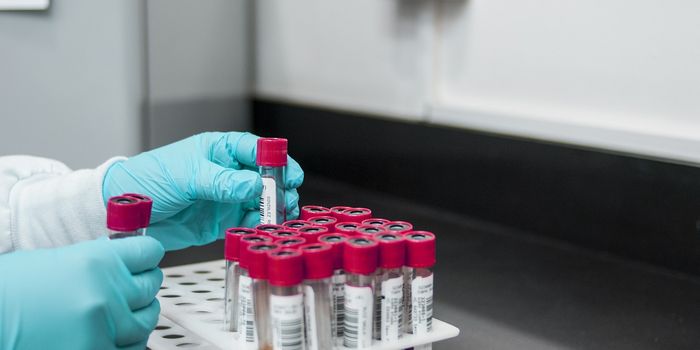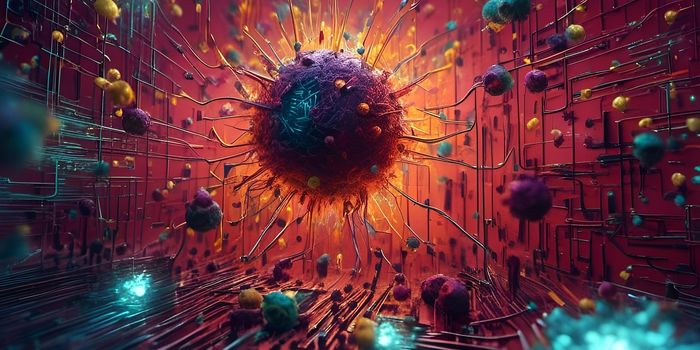A Specialized Mouse Model Identifies Genetic Regulators of Immunotherapy Response
Recent advances in immune checkpoint inhibitors (ICI) have led to significant clinical benefits for patients with various hard-to-treat cancers. However, many patients remain resistant to these benefits. This has motivated scientists to develop methods to increase the efficacy of ICIs and uncover new ways to regulate ICI responsiveness to the forefront of cancer research.
While tumors elicit survival mechanisms involved in ICI resistance, the role of genetic background in regulating therapeutic outcomes remains unknown. To investigate a potential role of genetic makeup in ICI response, a team of researchers from the Barbara Ann Karmanos Cancer Institute at Wayne State University has utilized a unique genetically diverse mouse model. The researchers generated Diversity Outbred (DO) and Collaborative Cross (CC) mice for their study published today in OncoImmunology.
DO and CC mice present unique models that closely mirror human populations. Compared to traditional mouse models, which have a similar genetic makeup from animal to animal, DO mice provide genetic variation resulting in a range of responses to ICIs, similar to what is observed in a clinical setting. CC mice, generated from DO strains, provide an added experimental benefit as the investigators can use them to replicate specific phenotypes of ICI responders and non-responders. The researchers used F1 crosses in their study, meaning that each mouse could be given the exact same tumor. However, since these mice have notable genetic diversity, researchers can use them to pinpoint specific regions of the normal genome associated with positive or negative therapeutic responses.
Using a murine melanoma tumor, B16F0, the study found that the host’s genetic background regulated ICI response. Specifically, one genetic region on chromosome 13 played a significant role in ICI responsiveness. Chromosome 13 contains genes coding for murine prolactin, a hormone related to milk production after giving birth, which also has a lesser-known function as an immune signaling protein. The study identified host-driven prolactin as a specific regulator of therapeutic ICI response.
The study included a comprehensive quantification of cytotoxic T lymphocytes (CTLs), the immune cells responsible for killing cancer cells. Notably, CTL infiltration is a readout that can be used as a biomarker to predict ICI response. The authors used ImageJ plugin Weka segmentation technology to quantitate these components on whole slide scans following immunohistochemistry staining. Labroots spoke with lead author Justin Hackett, MD/PhD Candidate, who told us, “It’s a powerful tool that gives us great insight into the infiltration status of a tumor without having to only pick high power fields.” Their analysis revealed that responder strains show high levels of CTL infiltration following treatment.
Senior author Heather Gibson, PhD, Assistant Professor of Oncology, also spoke to Labroots about the future directions of this project. Gibson noted, “We are now in a position to find the causal genes within these loci of interest and determine the mechanism(s) for how they influence treatment response. We also want to test whether these genes/pathways translate to human immune cells in the context of immune checkpoint inhibitors. Ultimately, this might lead us to improved biomarkers or new co-therapeutics to improve response rates.”
Hackett was enthusiastic about his study's impact on other biomedical research programs. He stated, “I would love for the work we’ve done be taken on by others to use the CC models for immunotherapy research. Our work shows that you can consistently model different levels of responses to the same tumor. This opens us avenues to explore what changes an identical tumor undergoes with immune pressure or explore the differences between immunophenotypes to the same tumor challenge.” Gibson added, “This is the first time these animal models have been used for cancer immunotherapy. They have a lot of potential for discovering resistance pathways, testing new therapeutics, and furthering our understanding of the host immune response cross-talk with tumor.”
Sources: OncoImmunology, Br J Cancer









